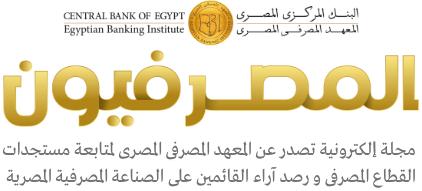يناقش التقرير أهمية التحليلات التنبؤية في الأعمال المصرفية وكيف يمكن أن تساعد البنوك على اتخاذ قرارات أفضل. يشرح كيفية عمل التحليلات التنبؤية ويقدم أمثلة على تطبيقها في مجالات مثل إدارة المخاطر والكشف عن أنشطة الاحتيال وتحسين تجربة العملاء. يسلط التقرير الضوء أيضًا على بعض التحديات التي قد تواجهها البنوك عند تنفيذ التحليلات التنبؤية وتقدم اقتراحات حول كيفية التغلب عليها.
إعداد منة محمود – باحث بالمعهد المصرفى .



